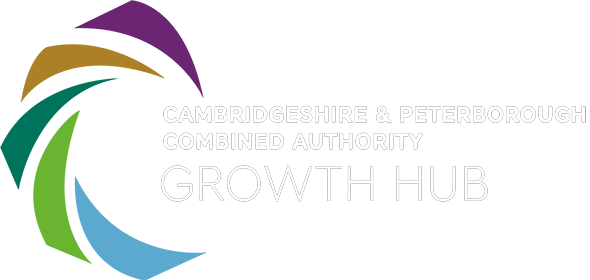Marketing is the foundation of everything that drives the communication about your products and services, and as a budding entrepreneur it’s all about establishing your priorities with a clear strategy.
Here’s how to tackle the structure of marketing strategy:
A good marketing strategy should always begin with market research. Understanding your marketplace, target audience and their needs, and the competitive arena that surrounds you, is essential in establishing the most effective strategy possible.
Develop a marketing plan
This will help to organise your thoughts as well as the details from your research, determine your audience and messaging, and decide on the best channels to use to reach that audience.
In a basic plan you should include:
- Your target objectives for your product or service
- Target audience/s
- A definition of your marketplace
- Considerations about, and advantages over, your competitors
- Product pricing details
- Marketing messages
- Marketing tactics – the tools and channels used to deliver your messaging to your target audience
Tools for the job
After setting your objectives and defining your audience, you should try to use the tools below to help you build a greater picture of the business and marketing landscape in which you will complete.
The Marketing Mix
The Marketing Mix, often referred to as the 4ps (Product, Price, Place, Promotion), helps you define the landscape for putting the right product or service in the right place, at the right time, at the right price. This gives you the framework for scalable success in your business, and helps you focus on the relevance of your product or service.
In developing the right product, you should answer the following questions:
- What does the target audience want from the product or service?
- How and where will the customer use it?
- What features must the product have to meet the needs of the audience?
- Are there any necessary features that have been missed?
- Are you creating features that are not wanted or needed by the audience?
- What’s the name of the product? Is it catchy and will it resonate with your target audience?
- How is the product or service different from competitor’s?
- What are the tangible features and unique selling points of your product or service?
SWOT Analysis
SWOT Analysis is regularly used in business planning, and can make a valuable contribution to your marketing strategy as well.
The acronym stands for Strengths, Weaknesses, Opportunities and Threats, and it can help you identify these in relation to your own products and services. What is particularly useful is the ability to identify marketing opportunities for your business, as these will ultimately lead to sales.
Make sure you assess these items against your Marketing Mix and your competitors where possible. It will all help to enrich your final strategy.
Defining Your Marketing Channels
Once your have a clear idea of who your target audience is you need to establish a brand voice that will resonate with them before determining the most effective marketing channels to reach them.
There are plenty of channels to choose from, and in many cases it is advisable to undertake a variety of integrated activity across many channels; but ultimately it will come down to relevance, time, and budget.
There are a number of ‘advertising’ methods to choosing from including; Direct Marketing, Digital, Social Media, PR and Events to name just a few. Within these umbrella categories there are many tools and channels you can use to deliver your marketing message.
Marketing Action Plan
Next you need to create a schedule of activity plotting your marketing actions against your delivery channels to give an overview of what and how you are delivering on your strategy.
Lastly, remember that your strategy should be flexible to allow for any variables to change. It’s useful to create an assumptions section to appear at the start of your plan where you try to anticipate how certain areas of change could have an impact on your current strategy.
Know what success looks like and then measure it
Do you ask customers how they found out about your organisation? Can you use Google Analytics or Twitter Analytics to provide feedback on your campaigns? If you’ve issued a newsletter, are your click through rates and subscriber numbers increasing?
The main thing is to review your marketing strategy continually against feedback from the many measurement tools available from within your business. Make sure your plan continues to meet the need of you business.








